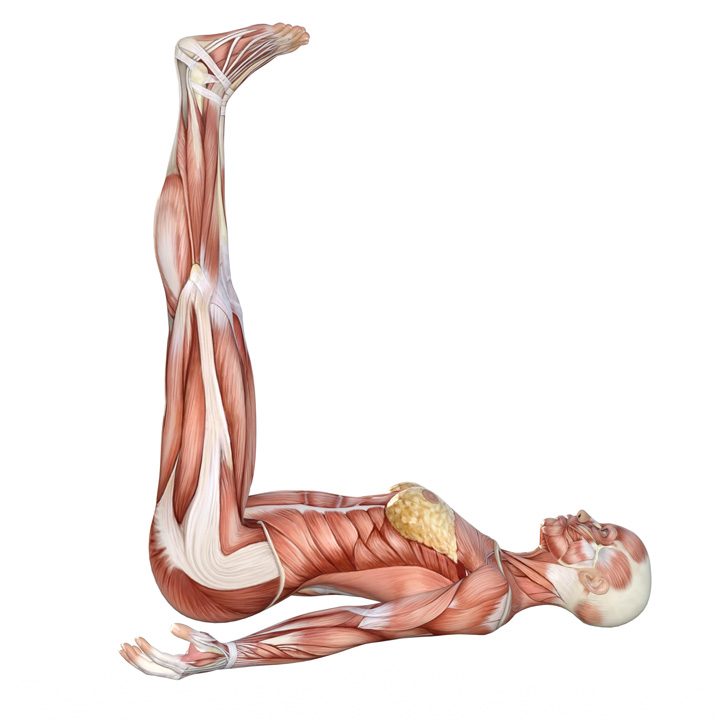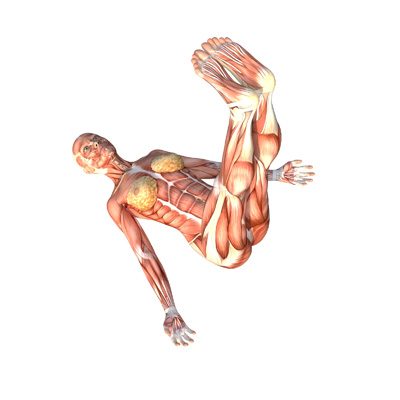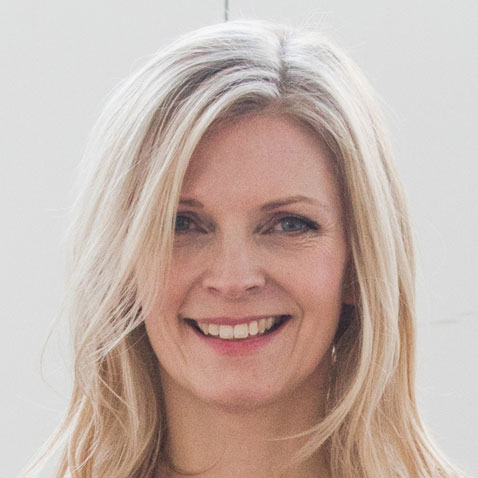
A 360º overview of...
Legs Up The Wall Pose (Viparita Karani)
With Dr Kiki Morriss
A classic restorative pose, Legs Up The Wall Pose will help you to feel relaxed, centred and grounded
There are many unknowns in our world right now and a supportive yoga practice has never been more valuable.
Viparita Karani, or Legs Up The Wall Pose, is a classic restorative pose that will help you to feel relaxed, centred and grounded, regardless of what is happening in the world around you.
Take sanctuary in this simple pose. Dive deep within and remember your true, eternal nature is peaceful, joyful and blissful.
The benefits of this pose:
- Calms your mind and body.
- Reduces anxiety and stress.
- Relieves insomnia.
- Shifts you from the fight, flight and fright response of the sympathetic nervous system to the rest and heal response of the parasympathetic nervous system.
- Improves venous drainage and improves circulation in your legs.
- May reduce swelling and pain in your ankles and lower legs.
- May release back pain.
Contraindications and Cautions:
- Do not practice Viparita Karani if you are menstruating or if you are in the second or third trimester of pregnancy.
- If you have glaucoma, a detached retina, high blood pressure or a serious spinal condition, speak to your doctor before practicing Viparita Karani.
Variation:
- Lower your legs wide to the side to make a V shape.
- Bend your knees and bring the soles of your feet together in a Butterfly position.
- Lift your hips by placing a bolster or cushion under your sacrum.
- Rest your head on a small pillow.
MOVING INTO THE POSE
- Sit sideways with your right side against the wall.
- Lift your legs up onto the wall.
- Lower your head and shoulders gently to the ground and lie on your back.
- Allow some space between the wall and your bottom.

ADJUST YOUR POSITION
- Move closer or further away from the wall, until you find your optimum position for comfort and relaxation.
REST YOUR EYES
- Close your eyes and allow your eyelids to be light.
- Soften the place between your eyebrows. This is your third eye point, the centre of your intuition and foresight.
- When this chakra is open you connect with your innate wisdom, allowing you to move forwards in life, to make clear decisions and to deal more smoothly with the ups and downs of life.
POSITION YOUR ARMS
- Place your arms by the sides of your body with your palms facing upwards.
- Allow your fingers and thumbs to curl naturally.
- Alternatively place your hands on your abdomen or chest.

FOCUS ON YOUR JAW, NECK AND CHEST
- Gently lengthen the muscles at the back of your neck by bringing your chin a little closer to your chest.
- Soften your jaw and allow space between your back teeth.
- Relax your tongue as you withdraw from speech.
- Broaden across your chest.
BREATHING IN THE POSE
- Practice equal breathing for 3-5 minutes by making your inhalations the same length as your exhalations.
- Then practice 2:1 breathing for 3-5 minutes by making your exhalations twice as long as your inhalations
- Then breathe naturally for another 3-5 minutes. Meditate on your body breathing in and your body breathing out.
COMING OUT OF THE POSE
- Press your feet onto the wall and lift your hips.
- If you are using a support, move it out of the way.
- Rest in a foetal position on your left side for 1 minute before lifting up to a seated position.
- Maintain the relaxed energy you have created in the pose by moving out of it with care and attention.






